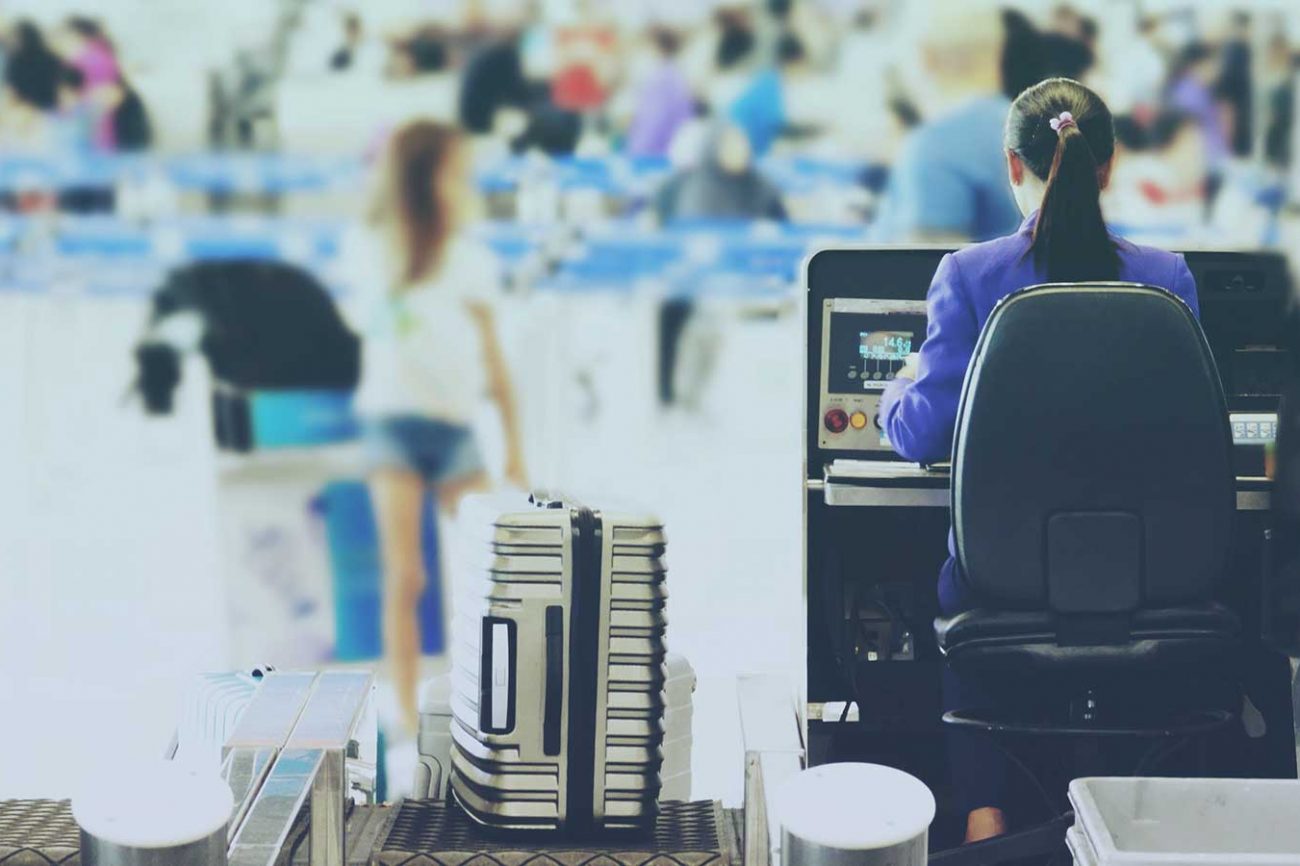[vc_row][vc_column][vc_column_text]
Major Theme Parks Enhance Guest Experience with Veovo
[/vc_column_text][vc_single_image image=”1593″ img_size=”full” alignment=”center”][/vc_column][/vc_row][vc_row full_width=”stretch_row” bg_type=”image” parallax_style=”vcpb-default” css=”.vc_custom_1567163833988{background-position: center !important;background-repeat: no-repeat !important;background-size: cover !important;}”][vc_column width=”2/3″][vc_column_text]
[/vc_column_text][/vc_column][vc_column width=”1/12″][/vc_column][vc_column width=”1/4″][vc_widget_sidebar show_bg=”false” sidebar_id=”sidebar_1″][vc_row_inner][vc_column_inner][vc_single_image image=”8164″ img_size=”full” alignment=”center” css_animation=”top-to-bottom” el_id=”open-newsletter-popup”][/vc_column_inner][/vc_row_inner]
[/vc_column][/vc_row][vc_row full_width=”stretch_row” bg_type=”bg_color” bg_override=”full” seperator_enable=”seperator_enable_value” seperator_type=”tilt_right_seperator” seperator_svg_height=”220″ seperator_shape_background=”#ffffff” bg_color_value=”rgba(42,210,201,0.05)” css=”.vc_custom_1625644657889{margin-top: 50px !important;}”][vc_column][dt_testimonials_carousel dis_posts_total=”10″ content_layout=”layout_1″ content_alignment=”center” content_bg=”n” post_content_paddings=”30px 50px 20px 50px” img_max_width=”120px” img_border_radius=”500px” slides_on_wide_desk=”1″ slides_on_desk=”1″ autoplay=”y” post_title_font_size=”40px” post_title_line_height=”32px” post_title_bottom_margin=”5px” testimonial_position_font_size=”24px” testimonial_position_line_height=”28px” testimonial_position_color=”#2ad2c9″ post_content=”show_content” content_font_size=”17px” content_line_height=”27px” custom_content_color=”#253746″ content_bottom_margin=”0px” arrow_bg_width=”36x” arrow_border_width=”0px” arrow_bg_color=”#2ad2c9″ arrow_bg_color_hover=”#2fa8a1″ r_arrow_icon_paddings=”0px 0px 0px 0px” r_arrow_v_offset=”0px” l_arrow_icon_paddings=”0px 0px 0px 0px” l_arrow_v_offset=”0px” category=”10″ css_dt_testimonials_carousel=”.vc_custom_1563263131577{margin-top: 0px !important;background-position: center !important;background-repeat: no-repeat !important;background-size: contain !important;}”][/vc_column][/vc_row][vc_row full_width=”stretch_row” css=”.vc_custom_1625644637051{margin-bottom: -100px !important;background-color: #2ad2c9 !important;}”][vc_column css=”.vc_custom_1625644650743{margin-top: 50px !important;margin-bottom: 50px !important;}”][vc_custom_heading text=”Plan. Predict. Perfect” font_container=”tag:h1|text_align:center|color:%23ffffff” use_theme_fonts=”yes” css_animation=”fadeIn”][/vc_column][/vc_row] To understand and improve individual areas of operations, it is important that the visitor’s journey is seen as a single process, rather than as a string of isolated events. The understanding that all individual events influence each other is key to unlocking potential gains. The collected data enable managers to review the flow of visitors to retrieve information about specific patterns, such as entrance and exit usage, re-visits, and time spent in retail areas, food courts, rides, restrooms and more. With this information, amusements parks are able to improve business development analytics, such as park capacity planning. It also enables the parks to add value of existing facilities and/or new investments, optimise operations, and improve the visitor flow.
To understand and improve individual areas of operations, it is important that the visitor’s journey is seen as a single process, rather than as a string of isolated events. The understanding that all individual events influence each other is key to unlocking potential gains. The collected data enable managers to review the flow of visitors to retrieve information about specific patterns, such as entrance and exit usage, re-visits, and time spent in retail areas, food courts, rides, restrooms and more. With this information, amusements parks are able to improve business development analytics, such as park capacity planning. It also enables the parks to add value of existing facilities and/or new investments, optimise operations, and improve the visitor flow.

